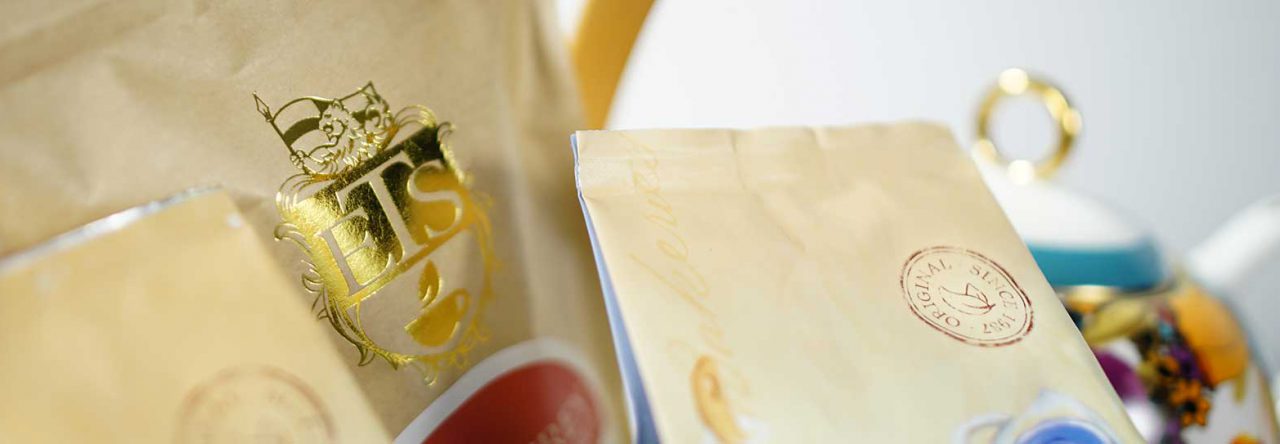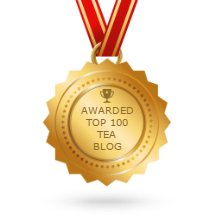
Unsurprisingly for a blog devoted to tea, this one has seen numerous articles on teapots. Whether about yixing, places to pick up a pot, or the merits of different styles, the articles are out there. There’s even one on Amsterdam teapots. However, on a recent visit to the Rijksmuseum, I came face to face with some Amsterdam teapots of a very different kind: Delftware teapots.
The Netherlands is world famous for its Delftware, famous to the point where Delftware for many is synonymous with traditional Dutch culture. The iconic Delftware, with blue designs on a white background, has inspired design motifs across many decorative arts and spawned many imitations and souvenirs. But it all started with earthenware pottery, including some teapots.
Delftware developed as a response to the Dutch East India Company’s import of Chinese porcelain. The popularity of the Chinese porcelain with its blue and white designs threatened the Dutch potters business in Majolica earthenware. To counteract the threat, a group of potters developed a more refined earthenware. It emulated the smoothness of porcelain, thereby enabling them to compete with the Chinese imports. This refined earthenware became known as faience, or Delftware, and it eventually surpassed the popularity of the Chinese porcelain (due in part to a fortuitous civil war, which interrupted trade).
Although its popularity waned in the 19th century, the Delftware aesthetic regained its popularity and today there is a slew of Delftware-inspired products, some more authentic than others. Along with windmills, clogs, and tulips, Delftware has become stereotypically Dutch.
At first glance, these teapots might not look like what you expect when you hear “Delftware.” Although Delftware is usually recognised by its blue designs on white, polychrome Delftware was, and is, just as prevalent. Of the three Delftware teapots that were on display at the Rijksmuseum in Amsterdam, two had polychrome designs and one had purely blue designs. All three date from the late 17th century, and the influence of Chinese porcelain on all three is clear. Their painted designs are influenced by Chinese motifs, and the two polychrome pots also exhibit Chinese influence in their shapes. Even just the fact that Dutch potters were manufacturing teapots speaks to the Chinese influence, as it was due to the expansion of trade networks to the Far East that tea found its way to Europe in the 17th century.
Although being behind glass meant that these teapots are separated from the delicious tea they were intended to serve, it meant that I could unexpectedly stumble across them. They are a good reminder of the complex history of tea culture and teawares, and that Deltware doesn’t have to just mean blue and white tiles or painted windmills!
See more of Elise Nuding’s articles here.
© Online Stores, Inc., and The English Tea Store Blog, 2009-2014. Unauthorized use and/or duplication of this material without express and written permission from this article’s author and/or the blog’s owner is strictly prohibited. Excerpts and links may be used, provided that full and clear credit is given to Online Stores, Inc., and The English Tea Store Blog with appropriate and specific direction to the original content.



Leave a comment